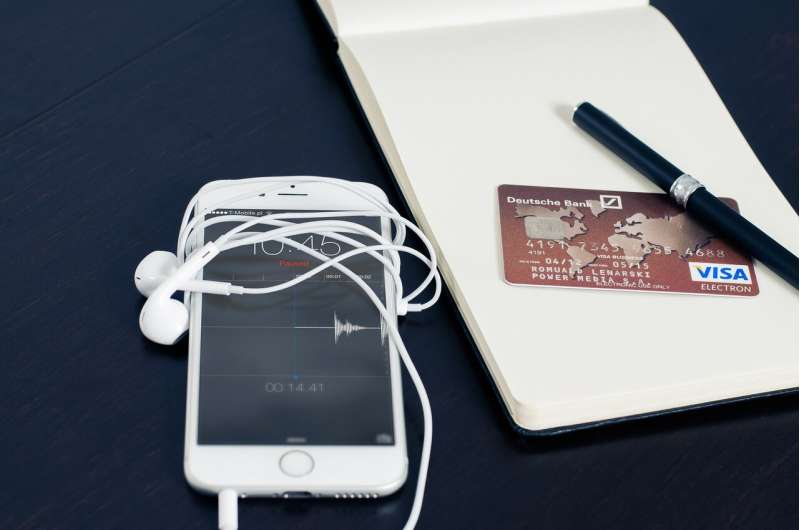Simple 'nudges' can encourage people to use a safer payment method

Mobile payment apps (e.g. Apple Pay, Google Pay, Samsung Pay) are more secure than using credit cards at point-of-sale terminals, security experts say. Still, the adoption of mobile payments in the United States lags other countries for a variety of reasons, ranging from trusting credit card companies to cover potential losses to lack of awareness of the security protections offered by mobile payments.
A team of researchers in Carnegie Mellon University's CyLab and at the University of Michigan recently ran a study designed to see if various forms of "nudging" interventions would result in actual adoption of mobile payments. This included nudges designed to increase people's awareness of the security risks they face when they rely on other forms of payments, and nudges designed to help people formulate plans to actually use the mobile payment solutions as part of their weekly activities.
Their findings, presented at this week's Symposium On Usable Privacy and Security (SOUPS), show that with the right nudge, more consumers might start using the more secure form of payment.
"Nudges are a form of intervention where you're not forcing someone to do something, you're encouraging them to do something that's in their best interest," says CyLab's Peter Story, a Ph.D. student in the Institute for Software Research's (ISR) Societal Computing program who led the research.
In their experiment, the researchers exposed about 400 study participants to two types of nudges: education and planning.
One treatment group was shown a selection of educational materials that focused on the severity of credit card fraud, their susceptibility to credit card fraud, and the protections offered by mobile payments. The materials also taught participants to use mobile payments, with the goal of reassuring participants that mobile payments would not be too difficult to use. These four components were based on what experts refer to as "protection motivation theory."
"Protection motivation theory suggests that people are motivated to adopt a solution based on their perceptions of a threat and their perceptions of a proposed solution, so we addressed both in our educational nudge," says Story.
Another group received the same educational materials, but were also asked to form their own "implementation intention." These participants identified locations where they might use mobile payments and imagined themselves using mobile payments there.
"We encouraged participants to make a plan for using mobile payments in locations where they thought they'd have the opportunity to do so," says Story. "It basically looks like practice: you're preemptively identifying obstacles, you're picturing yourself using it, and you're mentally rehearsing how to use it."
Lastly, a control group was not given any nudges. This group allowed the researchers to see how many people would report using mobile payments without any special intervention.
Turns out, 18 percent of participants who did not using mobile payments in the week before the study reported doing so after receiving the educational nudge. Of those who received both the educational and the implementation intention nudges, 27 percent reported using mobile payments. And in the control group, just nine percent reported using mobile payments during the week of the study.
"If a more refined version of our nudges were implemented for all iPhone users, you could imagine going from nine percent to 27 percent making payments—that's a lot of people," says Norman Sadeh, a professor in the ISR and a co-author of the study. There are currently more than 100 million iPhone users in the United States.
With these results, the researchers recommend that mobile payment companies provide people with better information about the safety of these tools and increase the number of places people can use mobile payments.
"If credit card companies and mobile payments operators could publish data showing that mobile payments prevent card fraud, you would probably convince people that they are indeed safer," says Story. "When we told the study participants that mobile payments were safer than using physical cards at the point-of-sale, some of them didn't believe us at first."
More information: www.usenix.org/system/files/soups2020-story.pdf



















